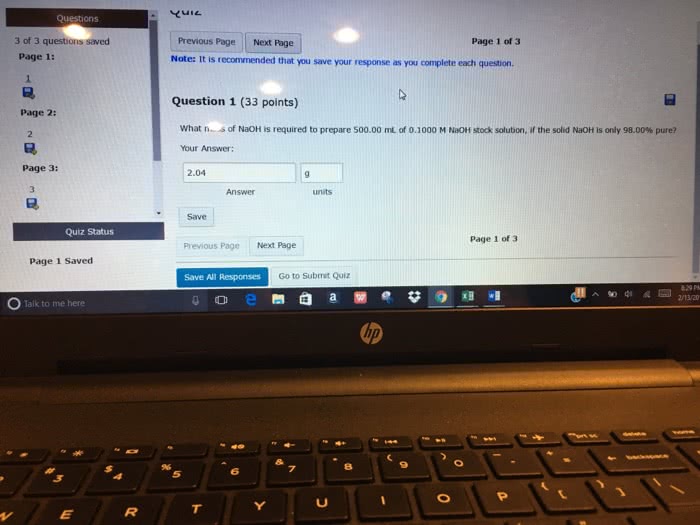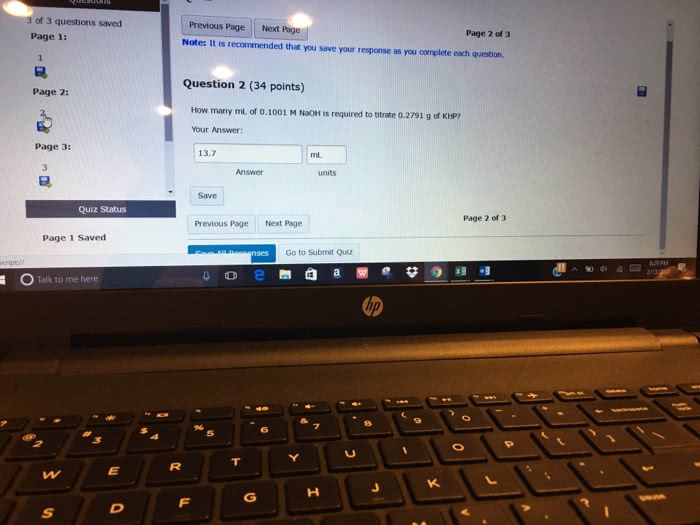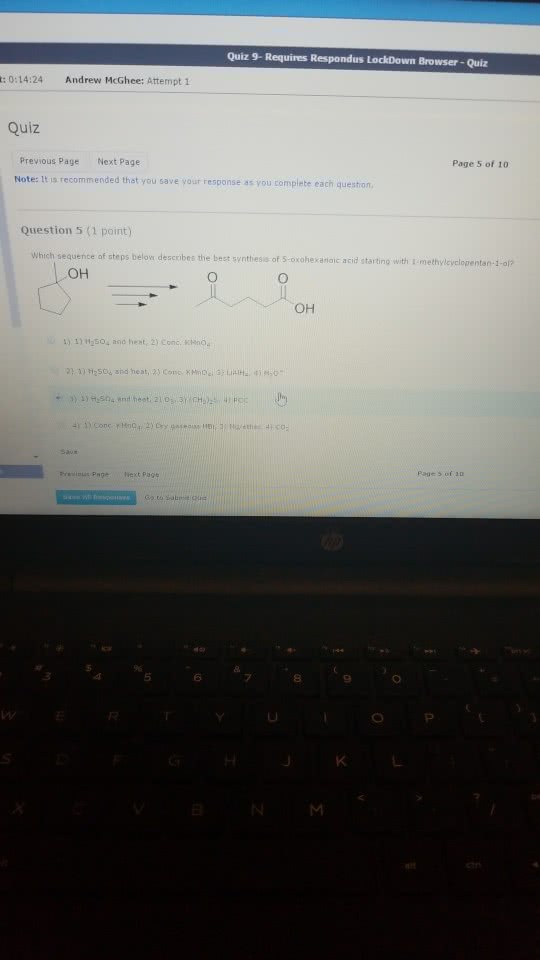URBD1000 Lecture 1: URBD NOTEBOOK

URBD1000
URBD1000
Page !1
find more resources at oneclass.com
find more resources at oneclass.com

URBD1000
Contents Page:
Week
Page
Number
1
Lecture: What is a City?
3
Reading: A Short Guide to 60 of the Newest Urbanisms
5
2
Lecture: The Ancient City
6
Tutorial Week 2
8
Reading: The Making of an Urban World
9
3
Lecture: The Industrial and the Garden City
10
Tutorial Week 3
12
Reading: The City in the Garden
13
4
Lecture:The Modern City
15
Tutorial Week 4
17
Reading: The Modern City
18
5
Lecture: The Post Modern City
19
Tutorial Week 5
21
Reading: Themes of Post Modern Urbanism
22
6,7,8
Explanation
24
9
Lecture: The New Urbanism
25
Tutorial Week 9
27
Reading: The Traditional Neighbourhood Development
Checklist..
28
10
Lecture: The Sprawl Vs. Infill
30
Tutorial Week 10
32
Reading: Scavenging the Suburbs..
33
11
Lecture: The Future Australian Cities
34
Tutorial Week 11
36
Reading: Big Cities, Big Ideas
38
12
Lecture: The Future of an Urbanising Planet
39
Tutorial Week 12
42
Reading: Building Global Forest
43
Appendix A:
London Case Study
44
Appendix B:
Case Study Presentations
50
Page !2
find more resources at oneclass.com
find more resources at oneclass.com

URBD1000
Lecture Week 1: What is a City?
Guest Speaker, Australian Urban Design Research Centre
•Traffic Problems are the main focus for the researches
•Pollution: the pollution that is in the world comes majorly from the city, “ there will be no
sustainable world without sustainable cities”
•oil and gas, coal major polluters
•coal burning peaked during the industrial revolution caused major pollution
•burning 75% of oil and gas to provide energy, only 25% coal, this causes pollution of the
air having a major effect on our human body
•oil consumption, natural resources, global emissions are increasing rapidly, and in turn
death by SUS (sick urban syndrome-pollution) is increasing (positive direct relationship)
•more than 10million deaths due to pollution, according to UN data
AFFECTS OF POLLUTION ON THE HUMAN BODY
•30% of people suffer from allergies
•10% of populations had diabetes
•7million people die each year of air pollution
•30% risk or developing cancer from light pollution
•37% of population has limited infertility
•40% face raised blood pressure
Affects China, Hong Kong
•$5trillion ecological devotion per year
•the energy from one hour of the sun irradiation could satisfy global energy consumption
for one year
, this shows how we as humans are inefficient and the ones who are causing the problems
•we should turn to energy solutions from the past to channel solar energy, passive energy
•we need to channel natural resources to generate energy (natural resource groups) to
prevent pollution, and influence the city in a positive way (human body analogy, healthy
metabolism)
•using water system, biomass and air systems (of the city) can generate energy
•5L of gasoline is needed to generate 100L of fresh water (input of sea water to output
fresh water)
•each city is made up of many subsystems
•urban design needs to make sense, there is no point placing plants and an ecosystem
onto of concrete
•1000^2m vegetarian, 4500^2m for a non vegetarian (how many square meters are
needed to produce food for people)
•solar power produces more output than input (ineffective, and insufficient) -temperature,
and dust are contributing factors that come into play against solar power
•we need to integrate sub systems into the city to make it ecological (utilising natural
resources, water, air, biotic, a-biotic, wind)
•sustainability:
•nothing can be called sustainable anymore, sustainability needs to be redefined
•“we need to leave some to our children” old view of sustainability
•ecology: management of the household
What is a city?
•architecture is not what a city is about, it comprises of a small part of the city
•the analogy of the body describes how urban design is the skeleton. This helps to hold the
city together.
•the relationship between biomass, oil and gas has become inversely proportional as the
cities have grown. Now, 75% of the energy and resources in a city are extracted from oil
and gas.
Page !3
find more resources at oneclass.com
find more resources at oneclass.com
Document Summary
Reading: a short guide to 60 of the newest urbanisms. Affects china, hong kong: trillion ecological devotion per year, the energy from one hour of the sun irradiation could satisfy global energy consumption for one year. What is a city: architecture is not what a city is about, it comprises of a small part of the city, the analogy of the body describes how urban design is the skeleton. This helps to hold the city together: the relationship between biomass, oil and gas has become inversely proportional as the cities have grown. Now, 75% of the energy and resources in a city are extracted from oil and gas. Reading week 1: a short guide to 60 of the newest urbanism"s- Conclusion: contemporary cities are still using the techniques used in ancient cities. Penna, a. n 2010 the making of an urban world" in the human footprint: a global. Summary: urban design parameters as evident in ancient cities.





